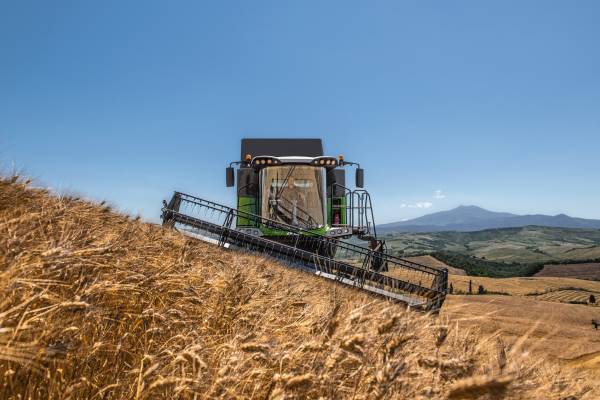Comment by Paul Makube, Senior Agricultural Economist at FNB Agri-Business
The South African Reserve Bank’s (SARB’s) continued its monetary policy normalisation with a further hike of 25 basis points, the second for 2022, which brought the repurchase rate to 4.25% effective from the 25th of March 2022. Elevated global and domestic risks to the inflation outlook with the Russia-Ukraine war adding fuel to the fire underpinned the upside move in interest rates.
It is inevitable that farmers will face higher debt serving costs arising from higher interest rates together with escalating input costs emanating from the massive upswing in fuel, fertilizer, pesticides, and herbicides experienced during the current season. This comes at a time when confidence in the agriculture sector as measured through Agbiz/IDC Agribusiness Confidence, nudged 12 points lower in the 1stQ2022, although still above the neutral 50-point level at 62 points. The relatively low interest rates as well as strong commodity prices in the recent past placed farmers in a favourable position not only to service their debts but also increase their purchases of machinery and equipment which saw the total tractor and combine harvester sales for 2021 lifting sharply by 26.4% and 44.9% respectively year-on-year (y/y).
Although 2022 seems to strike a similar note with the cumulative total tractors and combine harvester sales for the first two months rising by 20% and 21% respectively relative to the same period in 2021, the expected slight contraction in the 2021/22 summer crop harvest and higher interest rates may dampen this momentum. Industry players have already forecasted a 10% contraction in combine harvester sales on the 2021 levels according to the South African Machinery Association’s February 2022 update.
Nonetheless, not all is lost for the sector as it remains in a sound position despite the uncertainty brought about by the geopolitical events in Europe with potential negative consequences on exports and costs of agriculture inputs from fertilizer, fuel, and agrochemicals in crop production to higher feed prices for livestock producers. We remain of the view that the relatively strong commodity prices should somewhat help limit the pain of higher cost pressures on the sector.








